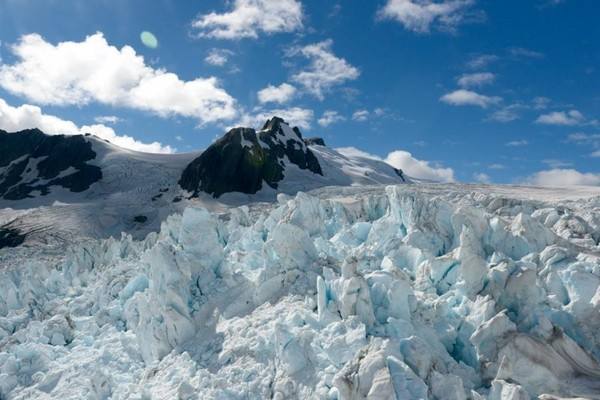Spring never came and summer never warmed: 1816 became known as the year without summer. Crops everywhere failed to grow. In Ireland a famine and associated typhoid epidemic killed sixty-five thousand people. In New England, the year became popularly known as Eighteen Hundred and Froze to Death. Morning frosts continued until June and almost no planted seed would grow. Short of fodder, livestock died or had to be prematurely slaughtered. In every way it was a dreadful year—almost certainly the worst for farmers in modern times. Yet globally the temperature fell by only about 1.5 degrees Fahrenheit. Earth's natural thermostat, as scientists would learn, is an exceedingly delicate instrument.

The nineteenth century was already a chilly time. For two hundred years Europe and North America in particular had experienced a Little Ice Age, as it has become known, which permitted all kinds of wintry events—frost fairs on the Thames, ice-skating races along Dutch canals—that are mostly impossible now. It was a period, in other words, when frigidity was much on people's minds. So we may perhaps excuse nineteenth-century geologists for being slow to realize that the world they lived in was in fact balmy compared with former epochs, and that much of the land around them had been shaped by crushing glaciers and cold that would wreck even a frost fair.












